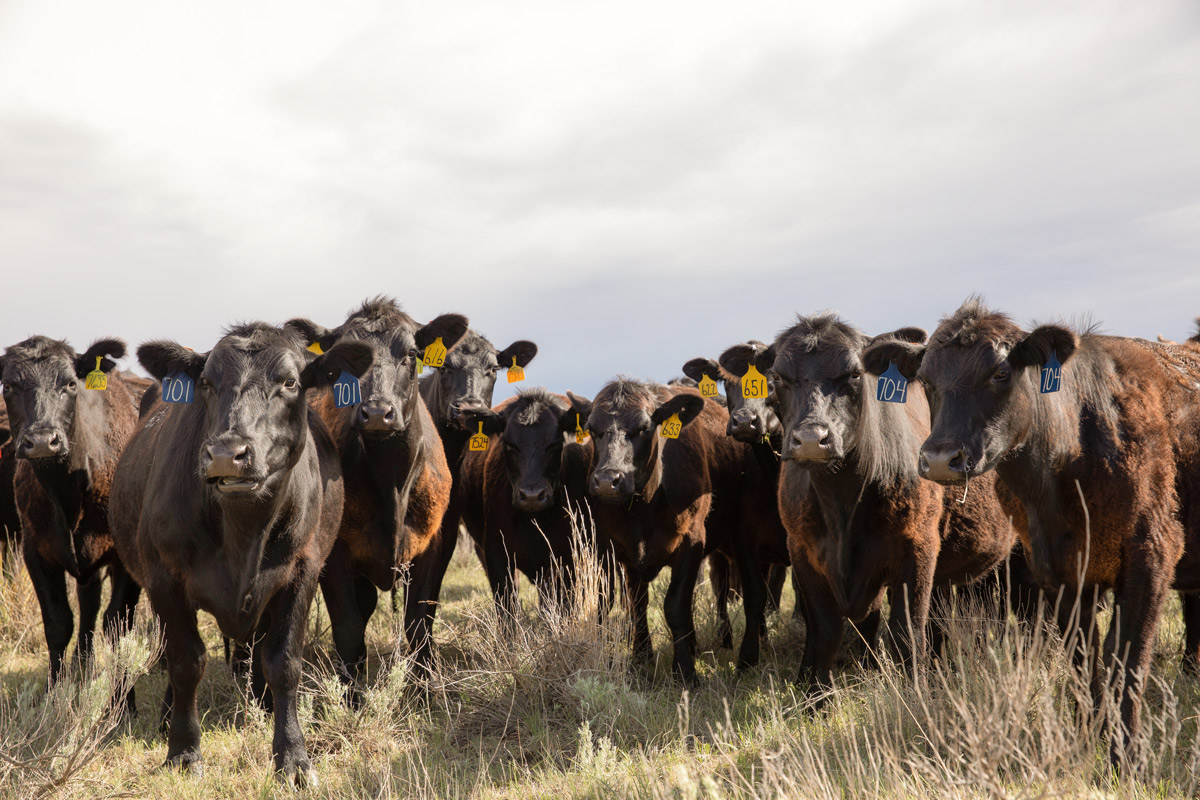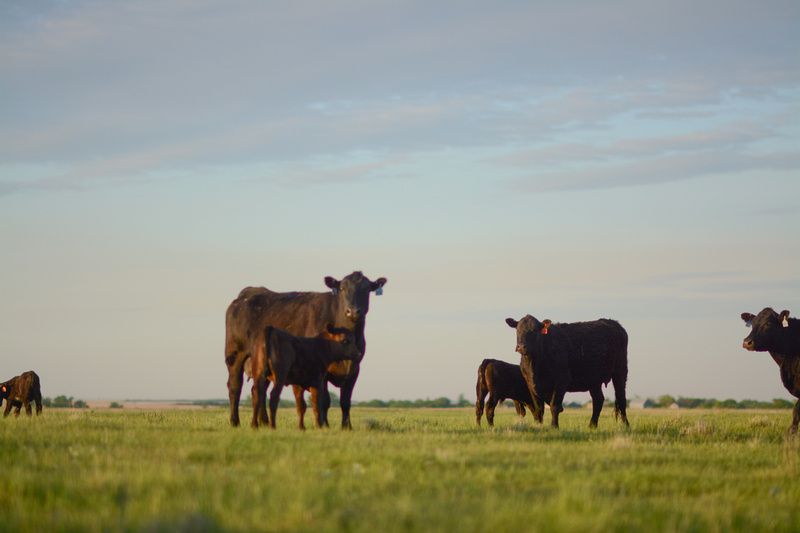I am biased.
I am opinionated.
I’m willing to admit that, because I love the bible verse which states: “You are the salt of the earth; but if the salt loses its flavor, how shall it be seasoned? It is then good for nothing but to be thrown out and trampled underfoot by men.” (Matthew 5:12-14).
Understand what I’m saying? I like corn-fed, well-marbled beef. I always have. That is why working at CAB is such a good fit for me, besides the fact that I love cattle and everything about the beef industry.
But there’s an issue that I’d like to address. When we begin saying, to serve our own purposes, that “my beef is better than your beef because…….” and you can finish the statement with any of the following endings: “it’s organic, it’s natural, it’s grass fed, it’s raised in a red barn with white trim and we massage our cattle daily, or it’s more heart-healthy.” You can be opinionated, and state why your beef is good,but don’t run mine down; remember,we’re all in the same (industry) boat!
I personally don’t care whether or not the beef I eat was raised organically, naturally, with added hormones, or treated with antibiotics (although I do want the marbling!). That’s just me. I don’t care if the beef I eat comes from cattle have long hair, short hair, or no hair. If your preference is to raise cattle that are of an ancient, southeastern Asia breed that only beller when it quits raining and it’s the most tender beef you’ve ever eaten, then go for it. If you raise, sell and enjoy grass-fed beef, or beef that’s fed flaxseed and gunpowder, that’s GREAT; but please, please, do not tell me that yours is better than mine because of these, or any other reasons. Because for every one of your opines that you think your beef is better, I can write you a dissertation on why mine’s better.
Instead, why don’t all of us in the beef industry just tell everyone that beef is a great product? Let the consumer vote with his or her wallet or pocketbook, and tell us where the demand is. I think there is enough business to go all the way around.
Let’s work together and do each other a favor by saying, “Beef is a great, wholesome and delicious source of protein, zinc and iron. Here are all your choices, which one would you like?” Instead of “my beef is leaner and better for your heart” or, “my beef is treated humanely and grass-fed, therefore it is better for you than that guy’s beef.”
Statements like this imply that other beef is NOT good. Instead of running one another down, like politicians do, just focus on the positive attributes of your product. Let Joe and Joan Consumer decide. Remember, a rising tide floats all boats!
I do think it is important to know why people eat beef (this is my opinionated side).
I do believe there’s a reason why our product sales grew at double digit rates this past fiscal year and are poised to set another record year for 2011 and why we are the number one, fresh branded beef program in the world that pays producers a premium for cattle that qualify.
Until next time, adios! Heading to the Flint Hills Beef Fest in Emporia, KS later this week and then to western Kansas next week!






















